|
The Middle Susquehanna Riverkeeper Association, in partnership with the Lycoming College Clean Water Institute, will receive special grant funding from the Keith Campbell Foundation for the Environment to purchase underwater dataloggers and cameras specifically for Eastern hellbender nest site research in the coming year.
“Our association was among several that helped push the envelope to require new considerations for protections of this crucial indicator species in our greater watershed by the US Fish and Wildlife Service by the end of this coming year. This grant will help us continue to shed light on the hellbender’s unique behaviors and raise important awareness,” said Middle Susquehanna Riverkeeper John Zaktansky. “Pollution and sedimentation continue to decimate its habitat in the Susquehanna River basin, and more recent research suggest these pollutants have sparked some unique disturbing behaviors in the nest. This equipment will help us better understand that.” Lycoming College Clean Water Institute director Matt Kaunert has studied hellbenders in western Pennsylvania and has looked specifically at research related to nest-egg cannibalism concerns.
0 Comments
A teacher who shares a passion for the environment with children who wants to help, Danielle Bronowicz, of Northumberland, admits that education is critical when it comes to litter cleanup work.
“If they are not exposed to the impacts of littering, they may remain unaware and adopt the same indifferent attitude that many adults have,” she said. That mentality is what drives her efforts to incorporate people of all ages into events under her nonprofit, the Susquehanna River Cleanup Project, which averages about 150 volunteers each spring for an Earth Day weekend trash pickup event in the greater Sunbury area – one of many such events across the greater watershed. Between now and June 30, 2024, people across the Middle Susquehanna watershed are encouraged to creatively turn litter they may collect into pieces of art that can help raise awareness about the ecosystems impacted by that litter.
In a "Recycle our River" contest by the Middle Susquehanna Riverkeeper Association, sparked by 2023 summer intern Peyton Johnson, people of all ages and experience levels are encouraged to find and recycle trash into art that reflects the any ecosystems affected by pollution. This can include any part of the ecosystem including plants and animals. "Be creative with your recycled items and find new innovative ways to reuse them. The projects who win will be shared offering exposure for your nifty creations, as well as a public awareness of the ever-growing issues of trash pollution across the globe," said Johnson. Ever since splitting the summer of 2021 as interns from Susquehanna University's Freshwater Research Institute, Morgan Thomas and Danielle Tryon have been intricately connected to the Middle Susquehanna Riverkeeper Association.
"The experience of being an intern with the association the summer after my freshman year (at Susquehanna University) solidified my passion for my majors (Ecology and Earth and Environmental Sciences) and educating other people about clean water resources within our watershed. During my time as an intern, I helped with various community outreach initiatives such as the HERYN (Helping Engage our River's Youth with Nature) program, floating classrooms, and so much more," said Thomas. "The following semester, Danielle and I were nominated as board members. We were so excited to be able to continue to provide student voices to the association, and to be involved in all the incredible work they do." Public urged to learn about marten, give educated feedback ahead of PGC April 13 reintroduction vote4/1/2024 Riverkeeper's note: The following blog post was written by Northern Tier Regional Director Emily Shosh, pulling from an interview from the most recent Middle Susquehanna Riverkeeper Podcast between Riverkeeper John Zaktansky and PA Game Commission furbearer biologist Tom Keller.
A native Pennsylvania wildlife species missing from our woodlands for more than a century faces a critical reintroduction vote in the coming weeks, and Pennsylvanians are encouraged to learn as much about this species and provide feedback -- one way or another -- before it is too late. The American Marten, a true opportunist and omnivore that plays a number of key roles in the heavily forested habitat regions of the state found ideally in the PA Wilds region, could be reintroduced if it receives enough support at an April 13 Pennsylvania Game Commission board meeting. The decision was supposed to be made earlier this year but was tabled to April's discussion, according to agency furbearer biologist Tom Keller. Riverkeeper group adds music, silent auction to annual Quiz & Cuisine event scheduled April 193/28/2024 The Middle Susquehanna Riverkeeper Association will hold its annual Quiz & Cuisine trivia night event on Friday, April 19, 2024, at the Montour Preserve from 6-8:30 p.m.
This year's gathering will again feature an evening of random environmentally focus trivia with prizes throughout the evening and a meal provided by Graceful Catering (out of Middleburg). New this year at the event will be live music provided by Jack Servello and lyricist Bill Dann, the team behind popular Songs of the Susquehanna selections "Gentle Giant of the Susquehanna," "The Fish Fight Harder in the Susquehanna" and "Ole Susquehanna Sam." This is the first in what will be a series of stories called Headwater Heroes by Northern Tier Regional Director Emily Shosh showcasing numerous people who have been working hard behind the scenes to improve stream health in the vital yet fragile headwaters region of our watershed. You can contact Emily about this series at MSRKANorthernTier@gmail.com
Our watershed has seen a multitude of challenges and triumphs, but one worrisome, nagging issue of the last few years is engaging and maintaining volunteers. Especially in smaller rural areas where the need for conservation work is ever-present but a large, resource-rich and environmentally engaged population may not be, this issue seems daunting to say the least. Potter County is one of those rural headwater regions. Specific to the West Branch of the Susquehanna River, Potter County is home to the Kettle Creek, Sinnemahoning Creek, Cowanesque River, and West Branch Pine Creek sub basins. Potter County is also the home of Dr. Peter Ryan, who moved to Coudersport in 1976. Following his upbringing in the suburbs of New York City, the rolling hills and streams of "God's Country" quickly became his oasis and the origin of his lifelong love for fly fishing. In the midst of mailings and Raise the Region social media posts, a cell phone call came in on the Riverkeeper line with an ongoing major pollution case in the northern section of our vast 11,00o square-mile watershed.
It isn't a new issue, or unfortunately a small one. Sadly, it is a massively large, ongoing topic that we have been researching that is connected to numerous resources. In fact, there are many big topics right now on the front burner, things that are both time-sensitive and far-reaching. Lacking sleep and in desperate need of both vitamin D and a break, I decided it was time to leave the laptop for a few minutes and check on the small vernal pools on the outskirts of Sunbury that we have been monitoring the past couple years. Tiny invasive mud snails can cause huge impacts on aquatic ecosystem if we don't reduce the spread3/7/2024 Riverkeeper note: This story was written by Middle Susquehanna Riverkeeper John Zaktansky. He can be contacted directly at midsusriver@gmail.com
Several years ago, Middle Susquehanna Riverkeeper West Branch Regional Director Andrew Bechdel noticed signs around Spring Creek about the New Zealand mud snail, and the information piqued his curiosity. “As an amateur naturalist and volunteer, I’ve worked with aquatic invasive species, such as water chestnut, and much of the rhetoric surrounding invasive species is similar – the lack of natural competitors, the quick reproduction, the ability to out-compete the native species around it,” he said. “However, I came across the name of Dr. (Edward) Levri in a Trout Unlimited Spring Creek chapter meeting and began learning more about him and the New Zealand mud snail and I soon realized what an incredible species it is.” Levri did his graduate work at a PhD program at Indiana University-Bloomington, ultimately studying the mud snails in their native New Zealand habitat before taking a position as professor of biology at Penn State. Our steams in winter: A look into the challenges and resilience of our waterways through the season2/27/2024 Riverkeeper's Note: The following column was written by Middle Susquehanna Riverkeeper Association Northern Tier Regional Director Emily Shosh. You can contact her via email at MSRKANorthernTier@gmail.com
Life finds a way. Through trials and tribulations, we adapt and overcome. Many would agree the most captivating examples of this can be found in nature, especially through the winter. Take our streams and rivers for example, from the small trickling mountain springs to the steady flowing rivers that receive them. Each piece of the watershed is home to resilient beings who are dependent upon certain environmental and climate cues to survive. |
AuthorsRiverkeeper John Zaktansky is an award-winning journalist and avid promoter of the outdoors who loves camping, kayaking, fishing and hunting with the family. Archives
April 2024
Topics |
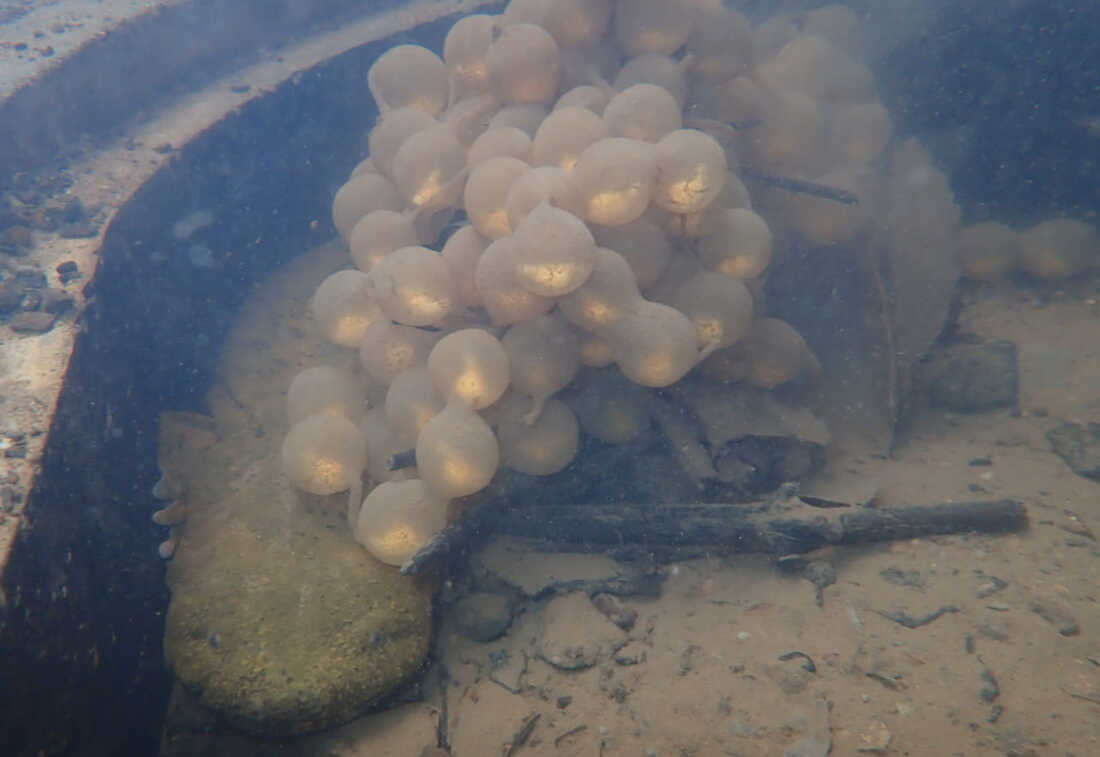
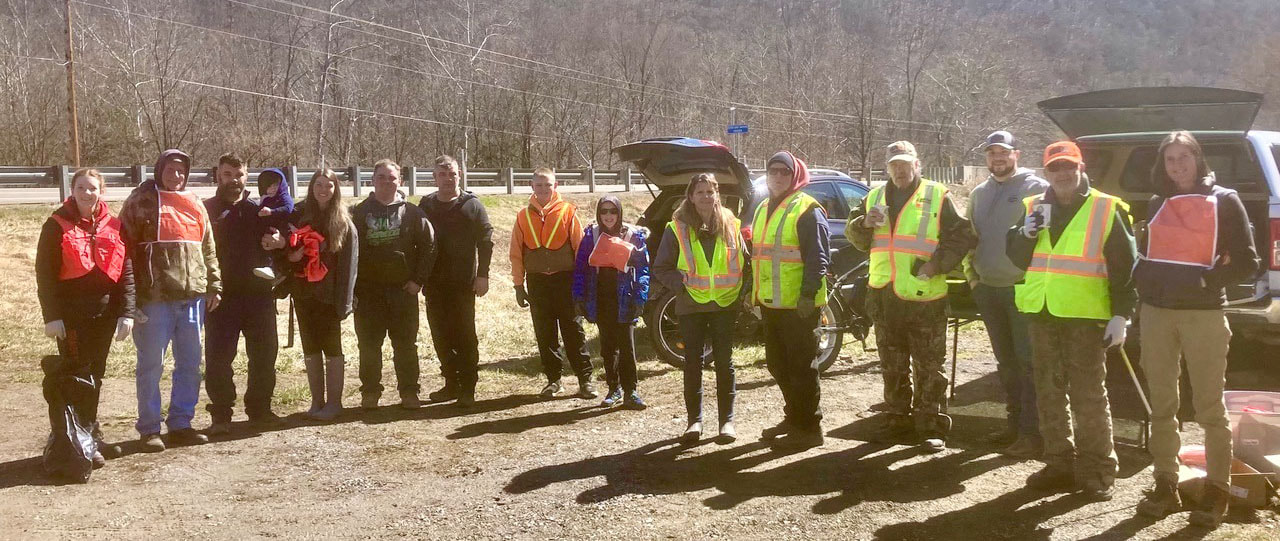
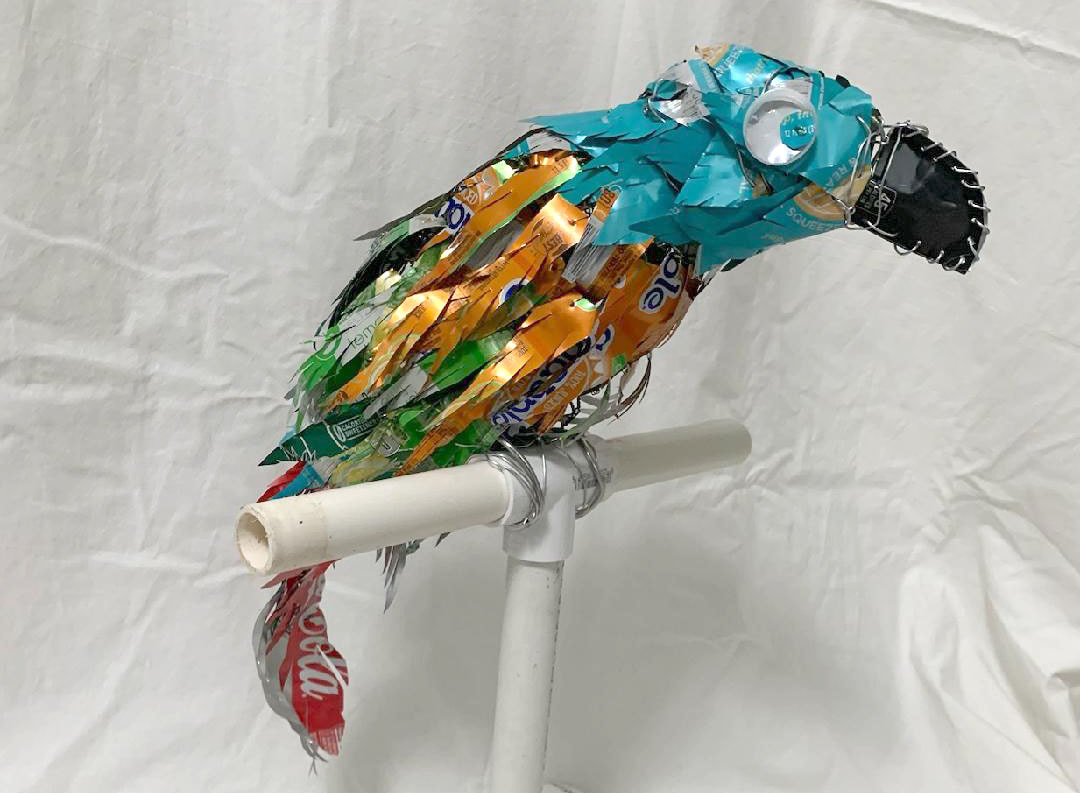

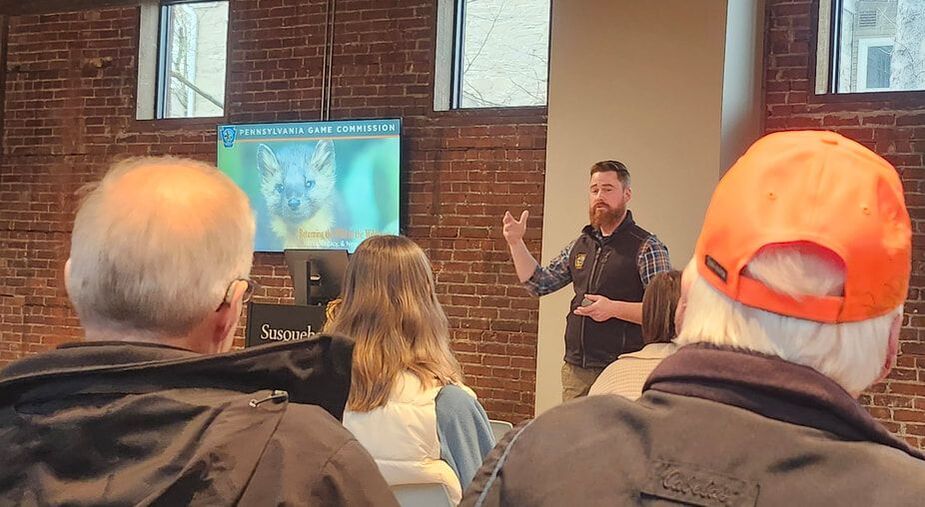

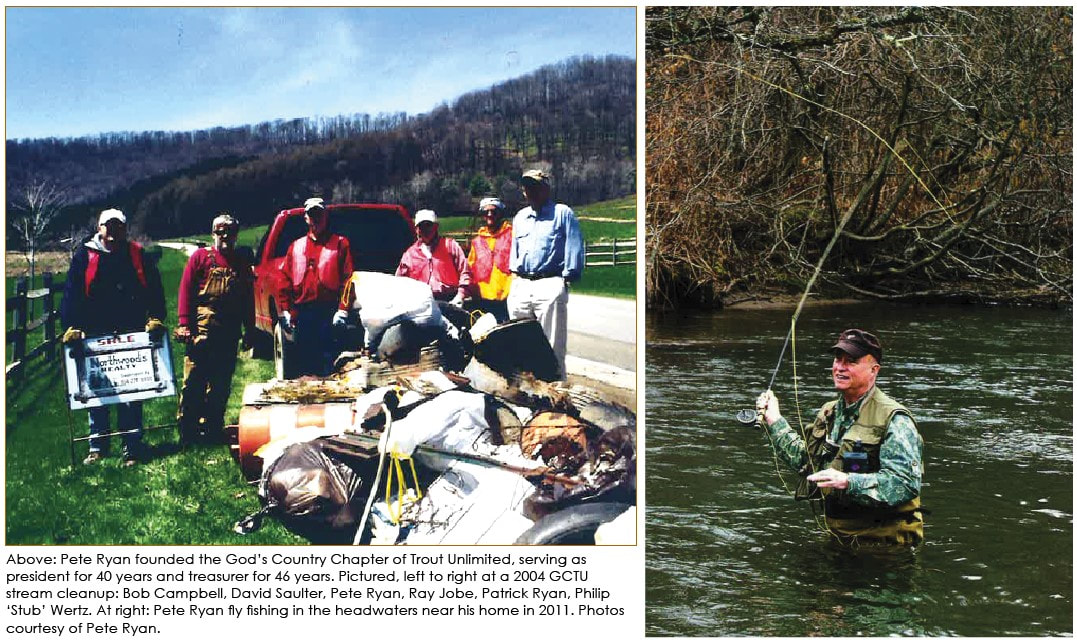
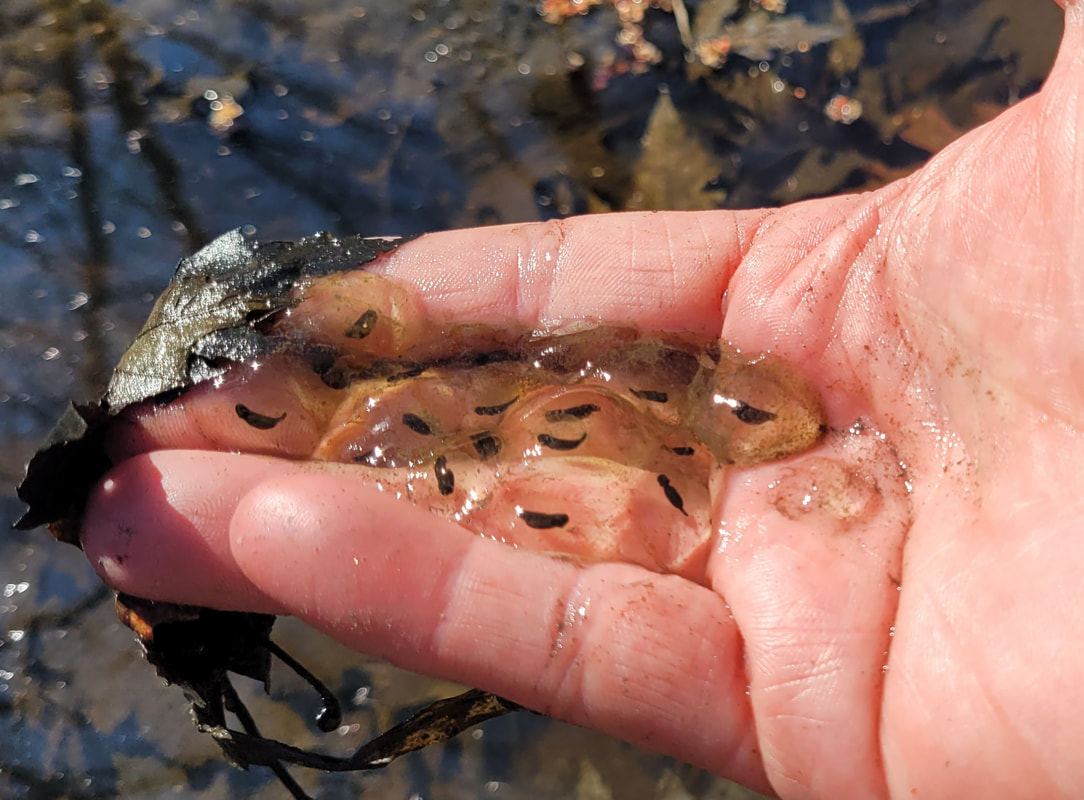
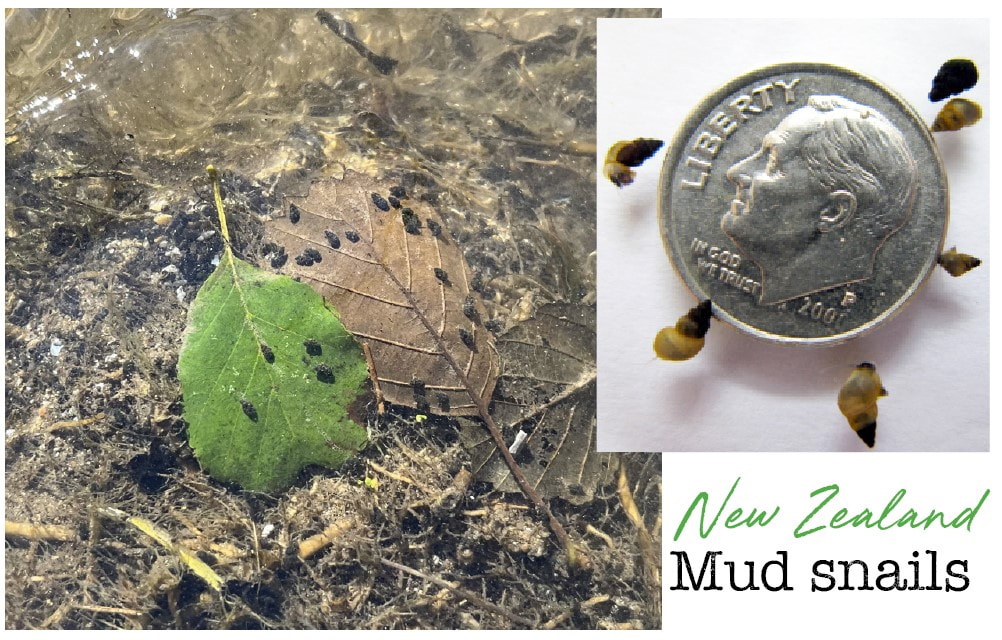
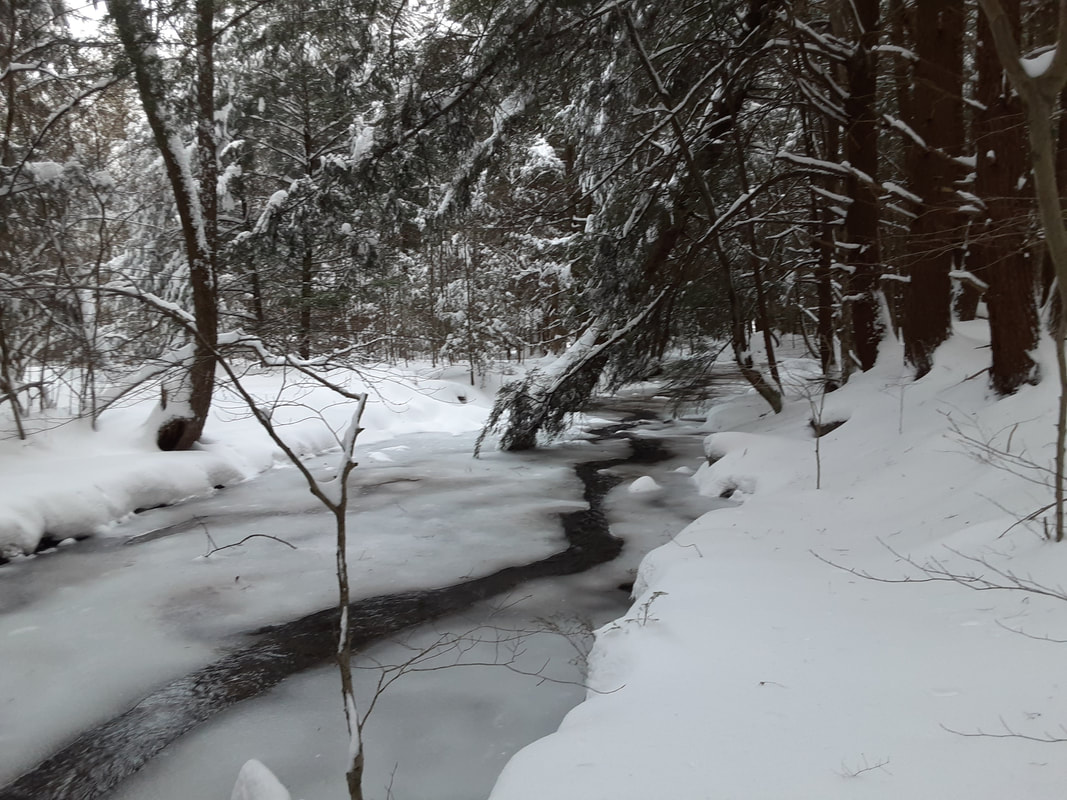
 RSS Feed
RSS Feed